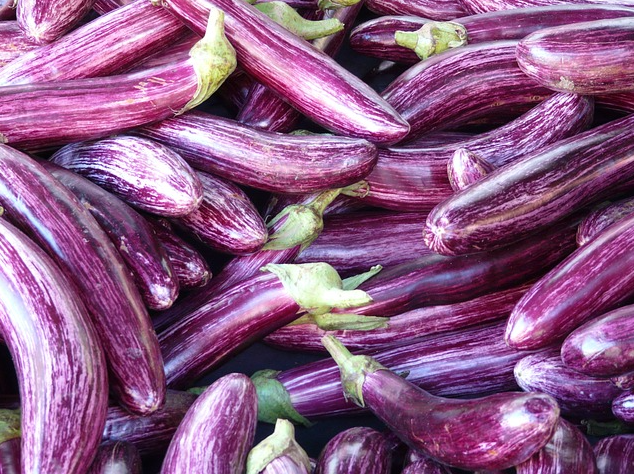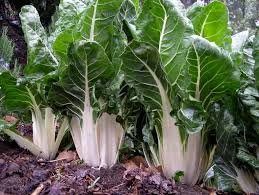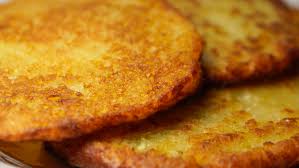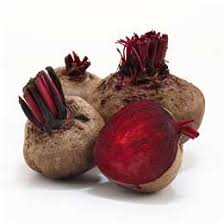"…AS INSIGNIFICANT AS A MUSTARD SEED…"
What!! ??? This is stated somewhere in one of the ancient and most important books of human history…

So maybe a seed looks and feels insignificant, before it goes into action. The truth is that organic seeds are a powerful wonder of nature!
Every week, every day, several times a day… My children and I deal with seeds (because we grow organic sprouts). See the photo below.
Now, during the transition season and the renewal for the winter, we are also working with seeds in another way – planting seeds in the garden. Yes, most seeds are small, dry, scattered…. However, they have abilities, wealth and potential which is hard to describe in words.
Let's start from the beginning. The seed is the part of the plant with which the plant reproduces. There are other ways for plants to reproduce, but this method is considered the most developed form of reproduction, and most of the plants we know multiply like this. During the dinosaur days this was not the most common method.
Seeds of plants can range from small size as in orchids, were they look like dust, to very large like coconuts! Have I told you we will get Coconuts this week? J
Seeds consist of three main parts: 1. the embryo – which develops to become the plant, 2. nutritional materials – which is the embryo’s initial nutrition, i.e. all of the materials that a new plant needs to start its life. These materials are different in different types of plants according to their different needs. 3. the shell – which protects and maintains the embryo and nutritional materials and which protects and preserves the seed.
There are seeds which can lie dormant in the ground for years, asleep until they identify suitable conditions for growing. They the begin their process.
In the garden (or in pots) we sow seeds and keep the soil moist so that the seed "feels" it is the right time to grow. In addition, seeds whose depth in the ground is too deep will not start the germination process until they reach a depth that suits them, for example by hoeing or working the soil.
Many dry seeds that are too small to pick up one by one are propagated by the wind. Some have flight capabilities (you know the puff balls that kids blow, or the maple helicopter…). Some are capable of "hitchhiking" like grains that stick to pants and animals fur. Some are such hardy hitchhikers that they cannot be destroyed when passing through a digestive system – like tomatoes. (Have you noticed that tomatoes often pop up in places that people have visited for the purpose that is the opposite of eating?)
Somehow it became fashionable to try to grow fruits and vegetables that do not have seeds. Have you noticed that watermelon, eggplant, grapes are more desired when they are seedless? On this topic I will tell you how healthy some of these seeds are!!!! Well, that will be a story for another time…
So these seeds arrive where they arrive, whether by their own propagation methods or by us placing them where we want them to grow, and then they "feel" the appropriate conditions for development: humidity, light, temperature… and they come to life!!
Mans’ history with seeds is very old. The hunter /gatherers used to gather roots, fruits, different plant parts, and also seeds. When they started growing their own food and began the practice of agriculture, understanding the workings of the seeds was essential.
It was also essential when man began sprouting seeds for the purpose of eating sprouts, which is also very old. It is claimed that even before understanding that fire could be used to achieve a higher nutritional value, humans recognized the greater nutritional wealth of sprouts. In fact, cavemen used to eat sprouts!!! Some evidence shows that in the east they already sprouted seeds 5,000 years ago. Chinese sprouts are our Mung bean sproutsJ. In the book of Daniel it is told that during his imprisonment and in order to keep the laws of kashrut, all he requested to sustain himself was seeds and water, and that his captors were surprised to see him strong and radiant, even more than before … (sprouts do wonders for the skin).
Despite the lack of studies proving the superiority of organic sprouts over all foods, the nutritional value of sprouts is significantly higher than the nutritional value of the mature vegetables. There are not enough studies because there is no huge company in whose interest it is to finance such a study (yes, that is how it works, or rather does not work, nowadays).
Also there are many studies that show that a diet of fresh and raw (uncooked) foods is recommended as our main nutrition, because vitamins and minerals are of course required in abundance. Also, vegetable protein is easy to digest and is received without a variety of unwanted elements that are in animal protein today.
Even more, fenugreek sprouts lower blood sugar, alfalfa sprouts lower blood pressure, and all sprouts, since they are alive, are full of enzymes that help digestion and much more…. Well, I will continue about sprouts in another newsletter because this one is getting a bit long.
To Health! Inside and out. And it usually starts within.
Have a good week,
Yours,
Maggie and the garden staff
I expect in our wet organic vegetable baskets draft only:
Some eggplants
Basil
Onions
Lettuce
Cucumbers
Zucchini
Avocados
Sweet Potato
Pumpkin
In the large organic vegetable baskets also:
Coriander
Potatoes
And leeks
Organic fruit baskets ;
Pears
Red Grapefruit
The largest organic fruit baskets also :
Sweeties
Oranges
And pomegranates














